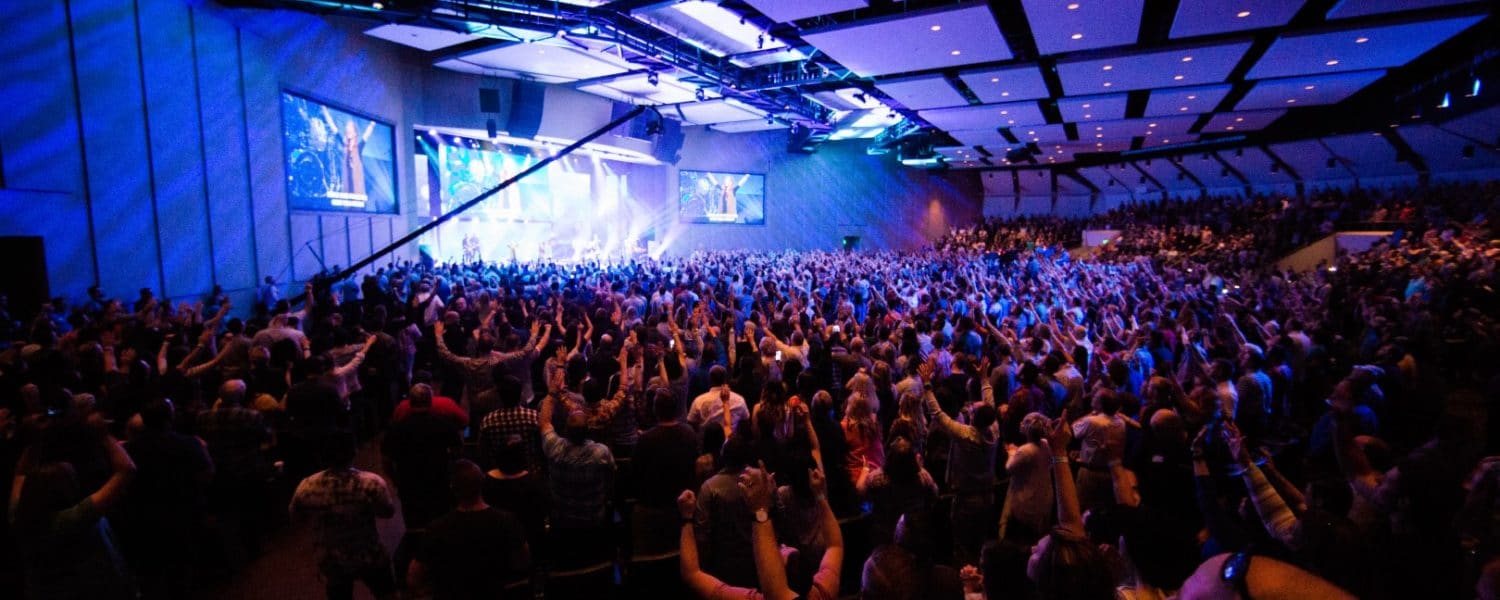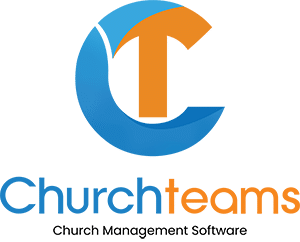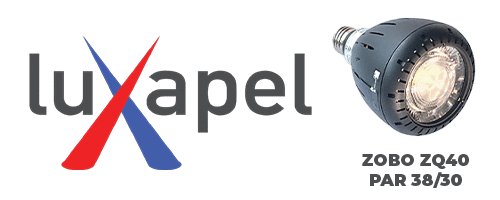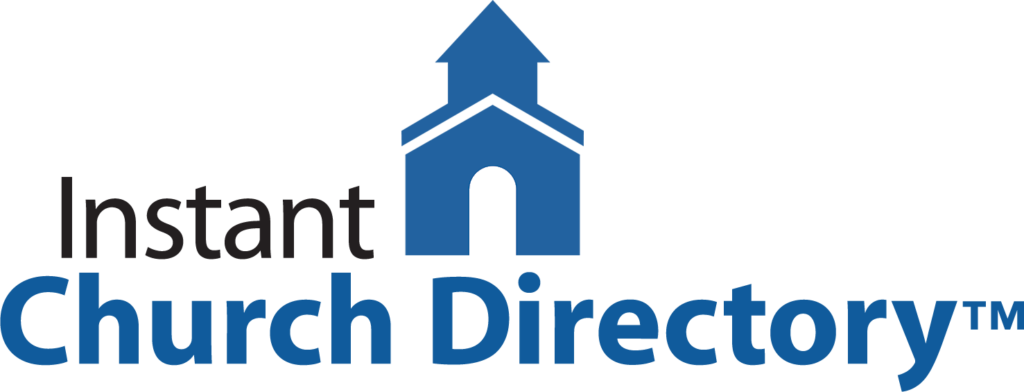By Bryce Button
Congregations assemble each week by the thousands in houses of worship around the world, where large projection screens and hanging displays serve up a combination of live and archived sermon footage, worship band performances rivaling rock concert productions, presentation materials and more. Several facilities additionally offer live streaming and video-on-demand services to parishioners.
To address an ever-expanding slate of production, streaming and VOD demands, house of worship (HOW) facilities have begun embracing more sophisticated technology in recent years.
From high-end cameras to 12G-SDI, HDMI 2.0 and fiber solutions, among other technology, worship facilities are integrating broadcast-quality production, post and streaming tools into their workflows at breakneck speed.
Video Capture
There is no shortage of cameras on the market, but the selection process can be daunting, as a number of factors must be taken into consideration – from size and ease-of-use to resolution and connectivity.
We’ve found that a number of worship facilities are looking for more simple permanent camera setups that support SD through to 4K. In this instance, a small compact block camera with an HDBaseT interface is ideal.
AJA’s RovoCam camera system, for example, supports the transmission and control of SD, HD and 4K video, audio and power over a single Cat 5e/6 cable up to 100m away.
Alternatively, other facilities are exploring 6G and 12G cameras, which also offer simpler cabling while providing support for higher resolutions and deeper color.
These solutions, however, can be costly and may be out of reach for some houses of worship with tighter budgets.
For houses of worship looking for more affordable cameras with sufficient bandwidth to handle high resolution and high dynamic range, there’s an excellent selection of HD and 4K camcorders available with HDMI 2.0 connectivity.
Cabling and Conversion
HD has become the accepted raster size in most HOW productions, but some facilities are still using SD tools, while others are exploring 4K.
Although mass adoption of 4K in worship facilities may be a few years off, 4K is appealing because it delivers a clearer, more dynamic picture for audiences; everything from song lyrics to sermon footage is easier to see in 4K.
With 4K a growing focus, the industry has its eye on HDMI 2.0 and 12G-SDI tools that make it easier to move a 4K signal through the production pipeline with simpler cabling.
That said, for large facilities, where the AV booth, cameras and in-house displays are often situated far from one another, fiber is attractive, extending the signal reach up to 10km.
However, 4K is not a reality for all facilities due to budget constraints and bandwidth restrictions. And, for some, upgrading to HD may even seem too costly at first look.
A number of facilities opt to upgrade segments of their workflow at a time, which requires tools to handle a range of formats and connectivity, a need that conversion solutions provide.
For instance, a facility with an SD workflow that wants to deliver in HD could make a small investment in an SD to HD up-converter, rather than replacing every SD camera with an HD camera.
Or, houses of worship that largely work with SDI tools, but want to use more cost-effective HDMI displays can tap SDI to HDMI/ HDMI to SDI converters.
Scan converters have also become popular in HOW environments, enabling production to pull out a portion of a computer image for display on screens throughout the facility.
And, with interest in fiber growing, fiber to SDI/SDI to fiber conversion tools are becoming more widely adopted in HOW environments.
Recording, Playback and Post
A number of worship facilities have begun to edit live recordings of services and events, and make them available online for on-demand viewing. This trend is driving increased market demand for recording and playback devices and other editorial tools.
The pool of digital video recording and playback devices to choose from may seem overwhelming at first, but with 4K picking up steam, it’s worth narrowing the choice down to a future-proof device that supports 4K and HD recording and playback.
A number of modern recorders/players also now include HDMI 2.0 and SDI connectivity, which provide greater speed and power to move 4K signals through the pipeline and play back higher quality video with deeper color and higher frame rates.
Recording devices, however, also play a crucial role in post. After recording footage, most facilities will complete an edit before posting the content online; having a multi-channel recorder that enables camera isolation and records multiple streams to a single media drive can simplify an edit.
Overall, we’ve seen a spike in demand for solutions like this that streamline editorial in HOW environments, and tech companies have delivered with multi-channel recorders, Thunderbolt 3-equipped laptops and I/O devices.
These setups provide the power and speed to handle post for nearly any resolution material in a range of editing software from companies like Adobe, Apple, Avid and others, while taking up less space than a traditional edit suite.
Live Streaming
Worship facilities across the globe are turning to live streaming as a way to reach aging, ill and traveling parishioners who may not otherwise be able to attend regularly scheduled services via smart phones tablets, computers and other devices.
Establishing a cost-efficient streaming workflow, however, isn’t always a straightforward process. Desktop software and hardware interactions can be complex for HOW production teams, and finding sufficient bandwidth can be difficult. Then there’s also the issue of space.
Technology companies, however, are working to develop solutions that improve interoperability between common hardware and software in HOW streaming environments, and tools that make it easier to adjust the quality of a stream based on the available bandwidth.
Streaming workflows come in a variety of forms, but some popular strategies include taking a line cut from a switcher through a portable, standalone streaming device that offers the ability to handle varying bandwidth needs, like AJA’s HELO, or a switcher setup with a portable I/O device and laptop running software like vMix or Wirecast.
For worship facilities investing in modern production technology to bring congregations more, higher quality content across a range of platforms, there will be a learning curve, but the benefits will be well worth the time, effort and investment put forth.
Bryce Button is director of product marketing for AJA Video Systems, Inc., www.aja.com.






















